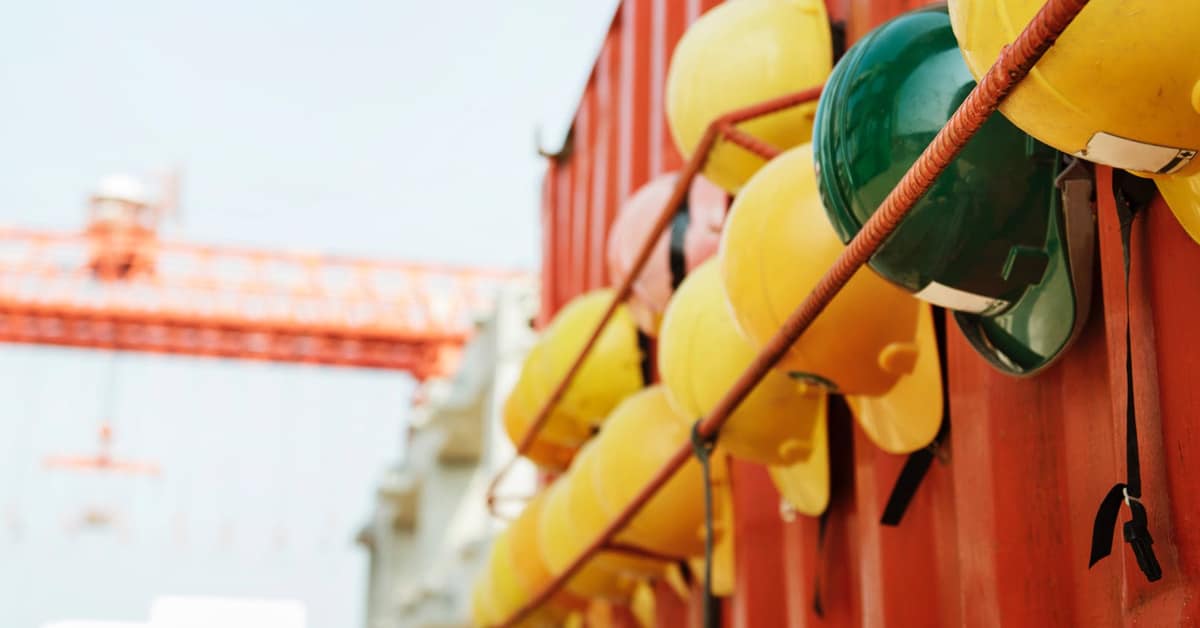
Our heavy equipment is our most dear helpers on the job. They lend us muscle for extra strength, height to extend our reach, and speed for added efficiency. However, these machines can be our biggest enemies if not handled properly. They can cause the biggest accidents and worst turnouts. So, we’ve compiled top 8 tips and tricks to keep your relationship flowing with your heavy machines:
1. Know how to communicate.
Of course, your big boys will not tell you where they hurt. That’s why you have to watch out for signals on your dashboard which will tell you otherwise. When one or two of these signal lights come up, never delay the inspection. Some of them may have just been triggered by an incident and does not necessarily mean something is broken, but it pays to be sure that everything is working well. This is how our machines communicate with us, since they do not have feelings and cannot speak; we should listen to the only communication means we have with them.
2. Know where to look.
Blind spots are every vehicles problem. It is not because the machine is not good but it is because both machine and operator have limitations. Drivers should always familiarize themselves with the blind spots of their vehicles. This is to prevent them from overturning on a curve. If they have mastered this weakness, then chances of an accident occurring has been reduced.
3. Strap yourself.
Yes, heavy equipment move far slower than most vehicles but it does not mean that its seat belts are there for decoration. Seat belts are as important to use when manning heavy equipment, the same way as in a moving car. Seat belts keep you firmly seated just in case of bumps, overturns, or other uncalculated incidents that may occur. Why risk your life for an act that only takes less than 10 seconds to complete? Wear your seat belts always.
4. Mount and dismount with caution.
We often see people jumping out of their doors that are about four feet high, at least. We all know it is not safe, but people still do it. Since it looks cool, a lot more people are trying to replicate it. But, did you know that there is a proper way to mount and dismount the equipment?
It is called the three-point contact. This move suggests that when getting on or off of the equipment, never jump. The three-point rule states that three of four the points of contact is to be maintained with the vehicle at all times – both hands and one foot, or two feet and one hand. If handholds or steps are not reliable, it is best to replace them with an intact component.
5. Overhead and underground surveying
Heavy equipment is a group of huge tall machines. Sometimes, they are so tall that they hook on lamp posts, wire cables; or sometimes they are too heavy that they damage pipes underground. To avoid these things from happening always survey the jobsite, be sure to mark the areas that may be sensitive to weight, height, and other peculiarities on site. It does not only make the work environment safer for everyone, but it also makes the environment more efficient because the workers know where to be cautious.
6. Follow capacities.
If your machine can only hold 20 tons of load, do not make it carry 25 tons of load. While it may be able to carry the load, its efficiency will drop significantly. For one, its speed might be affected and the component holding your load may snap and break. When this happens, you will never know who can become the victim of this accident. It can be your driver, you worker on the ground, or both. Respecting machine capacities do not only prevent breakage but it also prolongs the life of the machine. Machines that have been properly used have extended work life compared to those that have been improperly utilized. Would you risk buying a new one a few years earlier because you refuse to follow the capacity limit?
7. Regular check-up and maintenance
Just like the human body, our machines can get tired and drained too. Regular systems maintenance will help keep them at the top shape. For example, your forklifts have been crying for new batteries and you have been ignoring it since the engine can still get an ignition. Months after, forklift battery is not only the problem but the entire engine. Systems maintenance prevents these types of incidents from happening. Doing this regularly do not only save time but it also saves money.
8. Walk around or do spot checks
While this tip might be a no-brainer for some, others would really need to see this to know how important it is. Doing a walk around, at least once, before mounting your machine will greatly reduce the chance of getting into an accident. During a workaround you might be able to spot some shady problems like a questionable leak near your wheels, which suggests that your brake fluid might be leaking since the last time you used the machine. Imagine using the machine without a brake fluid. Imagine the magnitude of damage it could have, have you not done a walk around.
These simple steps are only few of the most reliable tips we can share with you to keep your business efficient and accident-free. Accidents are everywhere, but with proper care, the probability of one occurring is significantly reduced.
